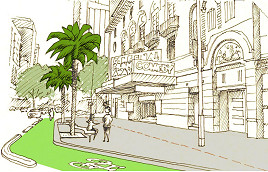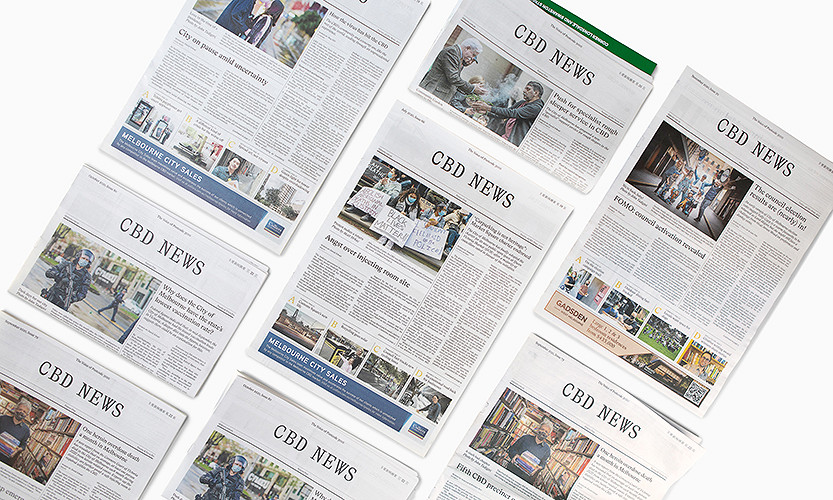CBD the clear winner from Metro Rail
By Shane Scanlan
The recently-released Metro Rail business case reveals that the CBD will benefit from more jobs, reduced railway platform congestion and more balanced tram connections.
The business case, which was released by the State Government on February 23, predicts an extra 28,000 jobs will be located within the CBD as a result of the $10.9 billion project.
This figure is estimated to rise to 47,000 jobs, should a complementary “extended program” of outer western rail upgrades and better trains also proceed.
“The delivery of the Melbourne Metro Program is expected to provide transport system capacity to enable an additional 28,000 jobs to be located in the CBD relative to the base case,” the report says.
The business case also predicts a 20 per cent reduction in crowds at existing CBD stations in 2031.
Most relief will be felt at Southern Cross and Flinders St stations, where nearly 100,000 fewer passengers are expected at each location on a typical weekday in 2031.
The pressure will also be taken off Flagstaff and Parliament stations as passengers opt to interchange at the new CBD North and CBD South stations and either walk or take a tram to their destinations.
Without the Metro Rail project, the business case warns that Southern Cross and Flinders St stations will have about 430,000 and 350,000 daily passenger movements respectively. It warns of increasing journey times and reducing accessibility to jobs and other CBD economic opportunities.
Another benefit to the CBD is better-placed tram services, specifically in the west of the city. More than 500 daily services will be diverted away from Swanston St and redistributed in Elizabeth St, Spencer St and Harbour Esplanade (in Docklands).
The Government’s business case quite rightly identifies the central city as the engine room of the state economy.
“As a result of the clustering of knowledge-based jobs in central Melbourne and the agglomeration benefits businesses enjoy from this, central Melbourne makes a disproportionately large contribution to the Victorian and Australian economies,” the business case says.
“In 2015, central Melbourne’s economy, measured by the Gross Local Product (GLP), was $90.6 billion.
This accounts for 27 per cent of Victoria’s Gross State Product (GSP) and 6 per cent of Australian Gross Domestic Product (GDP).” “Constraints that impact central Melbourne, or measures to support growth, can therefore have substantial flow-on impacts on the overall state and national economies.”
“Businesses’ ability to easily interact is a key advantage of a central Melbourne location. However, current transport networks do not sufficiently support workers to move efficiently within central Melbourne, impacting businesses’ ability to take advantage of the economies of agglomeration.”
The business case lists as a key benefit of the project: “Open up opportunities to provide accessible and affordable office space in the CBD and expanded central Melbourne area – an advantage that has underpinned Melbourne’s relatively strong growth in high-value, knowledge-based services.”
It also predicts more successful urban renewal in the inner city.
The business case outlines the potential development of the sites the Government plans to compulsorily acquire adjacent to CBD North and CBD South stations.
It shows the land in question, defines the relevant planning considerations and constraints, but fails to reveal the potential “value capture” of the sites.
In the business case report, the actual dollar figures are not included and have been “dedacted” because they are considered “commercial-in-confidence”.
The uplift in the value of the land it acquires over the life of the project is expected to help pay for it.
In announcing the release of the business case, the Premier, Daniel Andrews, said the project would: “Protect our place as one of the great cities of the world.”
He said the project would deliver back $1.10 for every dollar invested.
Transport Minister Jacinta Allan said train trips within Melbourne were expected to double in the next 15 years.
“Melbourne Metro is desperately needed – without it, our transport system, our city and our state will grind to a halt.”

Council endorses office tower at Flinders Lane despite querying car park demolition






 Download the Latest Edition
Download the Latest Edition